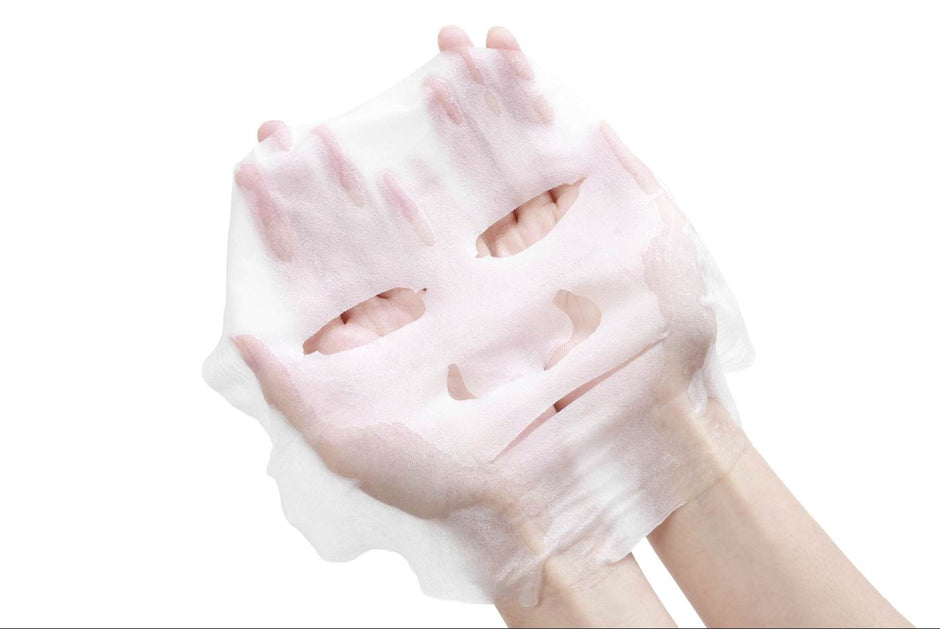By Liane Scior
Director of Education
As skincare therapists, we play a crucial role in guiding clients through the healing process following cosmetic procedures. By understanding the skin's healing mechanisms and effectively managing inflammation, pain, post-inflammatory hyperpigmentation (PIH), and scarring, we can ensure optimal outcomes and enhance client satisfaction. This article explores the stages of skin healing after cosmetic procedures and offers practical strategies to address these common concerns.
The Healing Process After Cosmetic Procedures
Cosmetic procedures such as chemical peels, laser treatments, micro-needling, and surgical interventions initiate controlled injuries to the skin, triggering the body’s natural healing response. This process can be divided into three primary phases: inflammation, proliferation, and maturation.
Inflammation (Days 1-6)
Objective: Clean the wound and prevent infection.
Mechanism: Vasodilation increases blood flow to the affected area, bringing white blood cells to remove debris and bacteria. This phase is marked by redness, swelling, heat, and pain.
Proliferation (Days 3-24)
Objective: Rebuild tissue.
Mechanism: Fibroblasts produce collagen and extracellular matrix to form new tissue, while angiogenesis creates new blood vessels. Epithelial cells migrate to cover the wound, forming granulation tissue, which appears pink and soft.
Maturation (Weeks to Months)
Objective: Strengthen and remodel the new tissue.
Mechanism: Collagen fibres reorganise and the wound contracts, gradually increasing tissue strength and flexibility, eventually leading to scar formation.
Managing Inflammation
While inflammation is a necessary part of the healing process, excessive inflammation can impede recovery and increase the risk of complications. Strategies to manage inflammation include:
Topical Anti-inflammatory Agents: Use products containing soothing ingredients such as aloe vera, chamomile, or niacinamide.
Cold Therapy: Applying a cold compress or Ice Globes can help reduce swelling and provide relief from discomfort.
Hydration: Keeping the skin hydrated with gentle, non-comedogenic moisturisers supports the healing environment.
Alleviating Pain
Effective pain management is essential for client comfort and can aid in the overall healing process by reducing stress and inflammation. Approaches include:
Topical Anaesthetics: Apply creams or gels containing Lidocaine (such as Emla Cream from a Pharmacy) for localized pain relief.
Gentle Care Practices: Educate clients on gentle skincare routines, avoiding harsh scrubbing or irritating products that can exacerbate pain.
Hydrogel Dressings or Professional Sheet Masks: These help maintain a moist wound environment, alleviating discomfort and supporting healing.

Preventing Post-Inflammatory Hyperpigmentation (PIH)
Post-inflammatory hyperpigmentation (PIH) is a common concern, particularly for individuals with darker skin tones. To minimize PIH:
Sun Protection: Advise clients to use broad-spectrum sunscreen to protect healing skin from UV radiation, which can worsen hyperpigmentation.
Brightening Agents: Recommend products containing ingredients like vitamin C, niacinamide, or licorice extract to lighten dark spots and even skin tone.
Avoid Irritants: Encourage clients to avoid harsh skincare products that can further irritate the skin and exacerbate PIH.
Minimizing Scarring
Scarring is a natural outcome of the healing process, but its appearance can be minimized through proper care. Key strategies include:
Silicone Gel Sheets and Serums: These can be applied to closed wounds to keep the skin hydrated and reduce scar formation.
Massage Therapy: Gentle massage of the healing skin can improve blood flow and promote a smoother texture.
Professional Treatments: Consider advanced treatments such as microneedling, laser therapy, or chemical peels to reduce the appearance of scars and enhance skin texture.
Practical Tips for Skincare Therapists

Pre-Procedure Preparation: Educate clients on the importance of proper skin preparation before undergoing cosmetic procedures, including avoiding sun exposure, using appropriate skincare products, and following pre-procedure instructions.
Post-Procedure Care: Provide detailed post-procedure care instructions tailored to the specific treatment. Emphasize the importance of avoiding sun exposure, applying recommended topical agents, and adhering to a gentle skincare routine.
Regular Follow-Up: Schedule follow-up appointments to monitor the healing process, address any concerns, and adjust the care plan as needed. Regular follow-ups also allow for early intervention if complications arise.
Client Education: Empower clients with knowledge about the healing process, potential side effects, and realistic expectations. Educated clients are more likely to adhere to care instructions and achieve better outcomes.
By understanding the stages of skin healing after cosmetic procedures and implementing targeted strategies to manage inflammation, pain, post-inflammatory hyperpigmentation, and scarring, skincare therapists can significantly enhance the healing process and improve client satisfaction. Continuous education and staying updated with the latest advancements in skincare and wound healing are essential for providing the best possible care to our clients. Empowering clients with knowledge and effective treatments will not only enhance their healing process but also build trust and satisfaction in your professional services.




